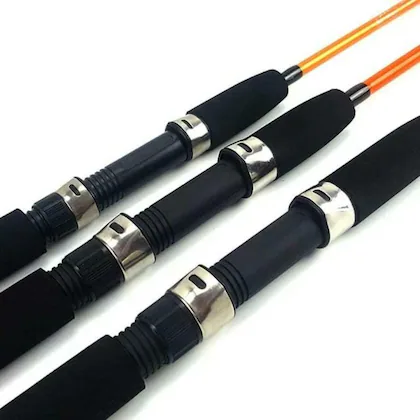Recent trends in fishing
At the turn of the 21st century, sport fishing was thriving. It was estimated that about 40 million Americans spent at least one day per year fishing, and their combined expenditures on tackle, travel, and lodging pumped approximately $45 billion annually into the U.S. economy. Because of less public angling access in Great Britain and continental Europe, there are fewer anglers, but large numbers of people there do fish. The greater availability of air travel has increased anglers’ access to many areas of the world and introduced them to new sport fish, such as the dorado of South America, the tigerfish of Africa, and the inconnu of northern North America and Asia. Hardly a species of any importance does not have its angling devotees somewhere. Even the carp, long considered a “trash fish” in North America, has a considerable following. The traditionally popular species remain so, particularly salmon and trout and, in North America, the largemouth bass—the most popular game fish in the United States, so popular that boats for bass fishing are specially designed, and there are numerous tours of professional associations of bass anglers that often have their competitions broadcast on cable television.
A strong emphasis on fisheries conservation and the wise management of fish stocks by both anglers and professional fisheries managers aim to ensure that recreational fishing will continue to thrive for many years to come. For example, catch-and-release angling became increasingly popular since the late 20th century. In many areas of the United States and Canada, individual lakes and streams are increasingly managed for lower catch limits and for habitat quality. Owing to angler demand, fisheries management emphasis continues to shift from management by stocking or replenishing lakes and streams to enhancing existing water quality and habitat so that species found in a body of water can better thrive through natural recruitment and reproduction.



